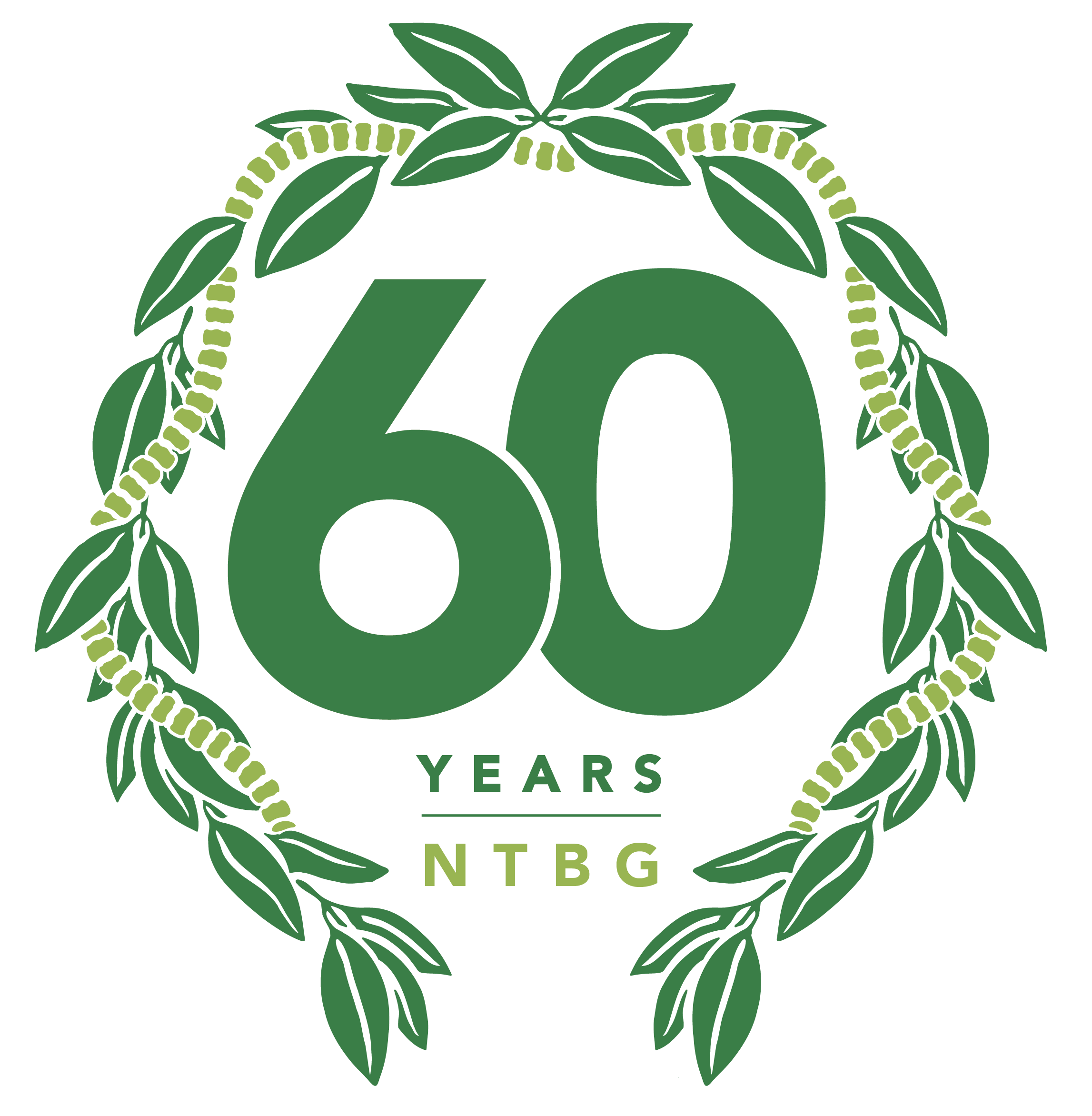
2024 marks the 60th anniversary of the National Tropical Botanical Garden. Every month we will weave a lei for you, one that brings together plants and stories from our five botanic gardens. Created by director of Limahuli Garden & Preserve Lei Wann, June’s lei highlights limu kala (an endemic Hawaiian seaweed), celebrating our interconnections with the ocean and each other.



Just $25 powers a year of impact for plants and people no matter where you live. You’ll also receive The Bulletin magazine and invitations to special member events.
Join us
Well, beyond the fact that I’m named Lei (laughs), to me lei symbolize different elements of our identity and who we are. They are elements of our forests, our plants, and the deep connections we have with them. If you receive a lei, say someone from a family of lei practitioners, you’re not only receiving a lei from that person, you’re receiving a lei from the long genealogy of practitioners within that family. In that sense, lei can hold so much knowledge, value, and connection. I’m thinking of one family here in Kauaʻi. Lei hala are part of their identity. They have been making lei hala for many generations. When I receive a lei from them, I think not only of the meaning of hala, but about all of the layers of what it took for this lei to be perpetuated in that family. There’s endless ike sometimes in lei, especially depending on who gives it to you.
You know, there’s lots of people that make lei today and lei of all sorts are appreciated and amazing. It’s easy to learn how to make lei, but you can take your knowledge of lei so much deeper when you engage with the stories and histories and connections of plants and people. If you get that opportunity to learn with practitioners, and practitioners are willing to share their knowledge with you, it opens a door to so much more.
We are kānaka, we’re human in this world, and at times we make mistakes. Kala means to let go of those mistakes, those things that we’ve done wrong, and to forgive, to move on, to let go. In historical times, we talk about lei kala being used to give to folks that one had wronged. And you wouldn’t just mihi or kala—excuse yourself—from the person you wronged, but oftentimes to that person’s whole family. You could give more than one person a lei in the family to apologize because sometimes when you hurt people, you’re also hurting those that are associated and those that have brought them into this world. Giving lei kala was a release. If you’re truly sorry and you’ve gone through a process of contrition, of really feeling the burden of the wrong and of forgiveness, giving a lei kala is an expression of apology and releasing that burden. At that point, the grief is no longer yours to hold anymore. If someone wants to hold on to that grief, it’s no longer yours to carry. Lei kala acknowledges that we’re human, that there’s going to be times when we need forgiveness, and that we need to release those burdens and move toward a better place in the future.
First of all, get to know your environment. Get to know your plants. Get to know what their role is so you can be a better steward of them. Learn cultural practices associated with them, because that is learning the full scope of how to care for them and nurture them.

Discover all of our lei legacy stories and check out upcoming events in celebration of NTBG’s 60th anniversary.